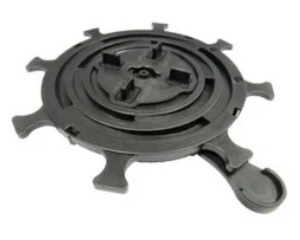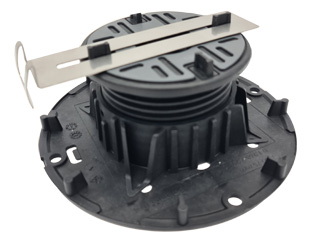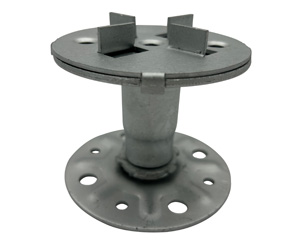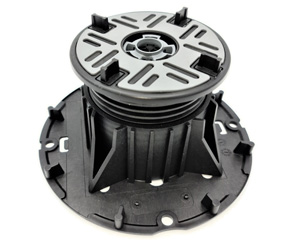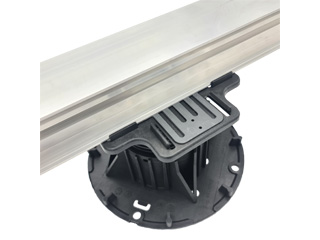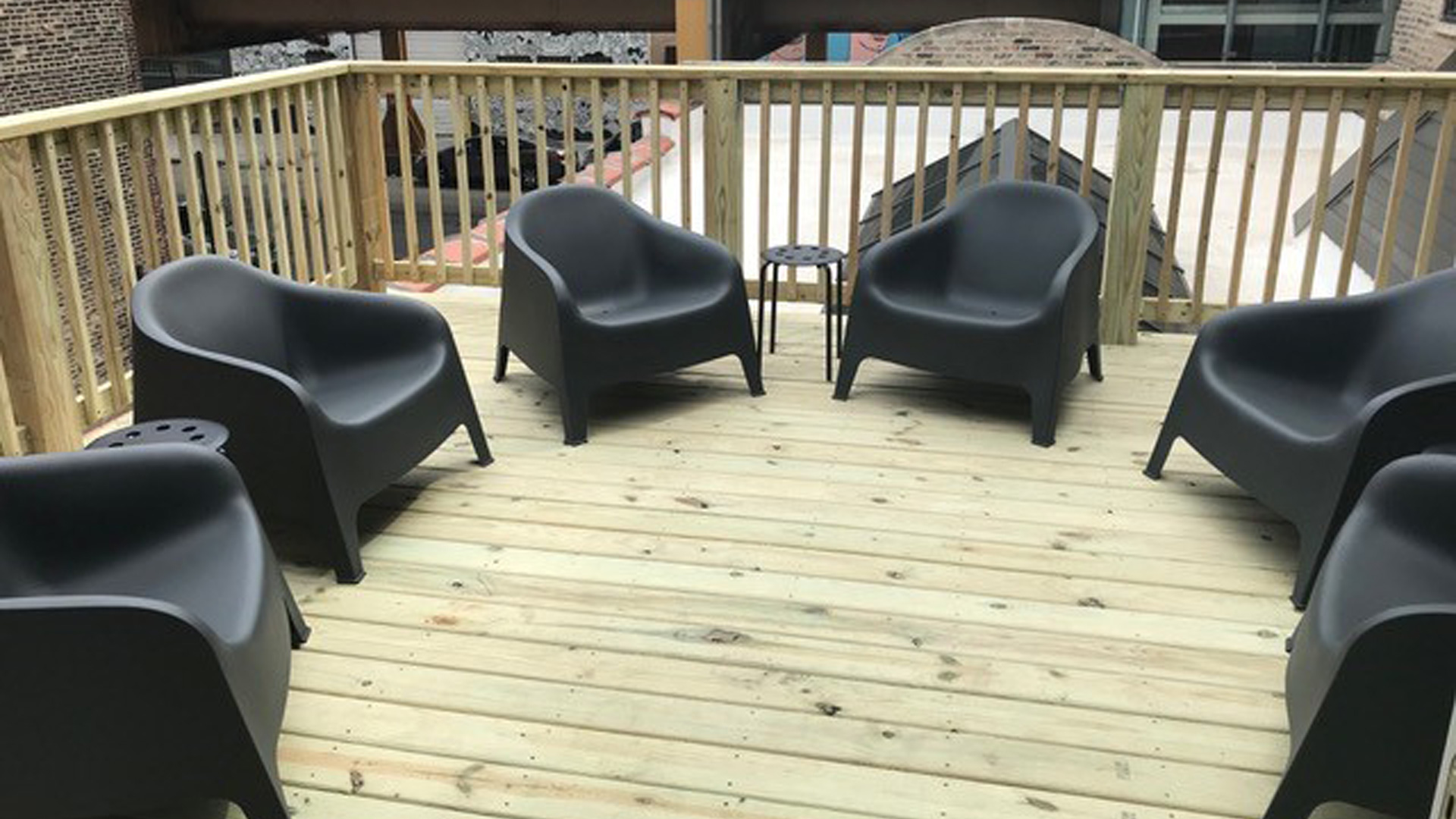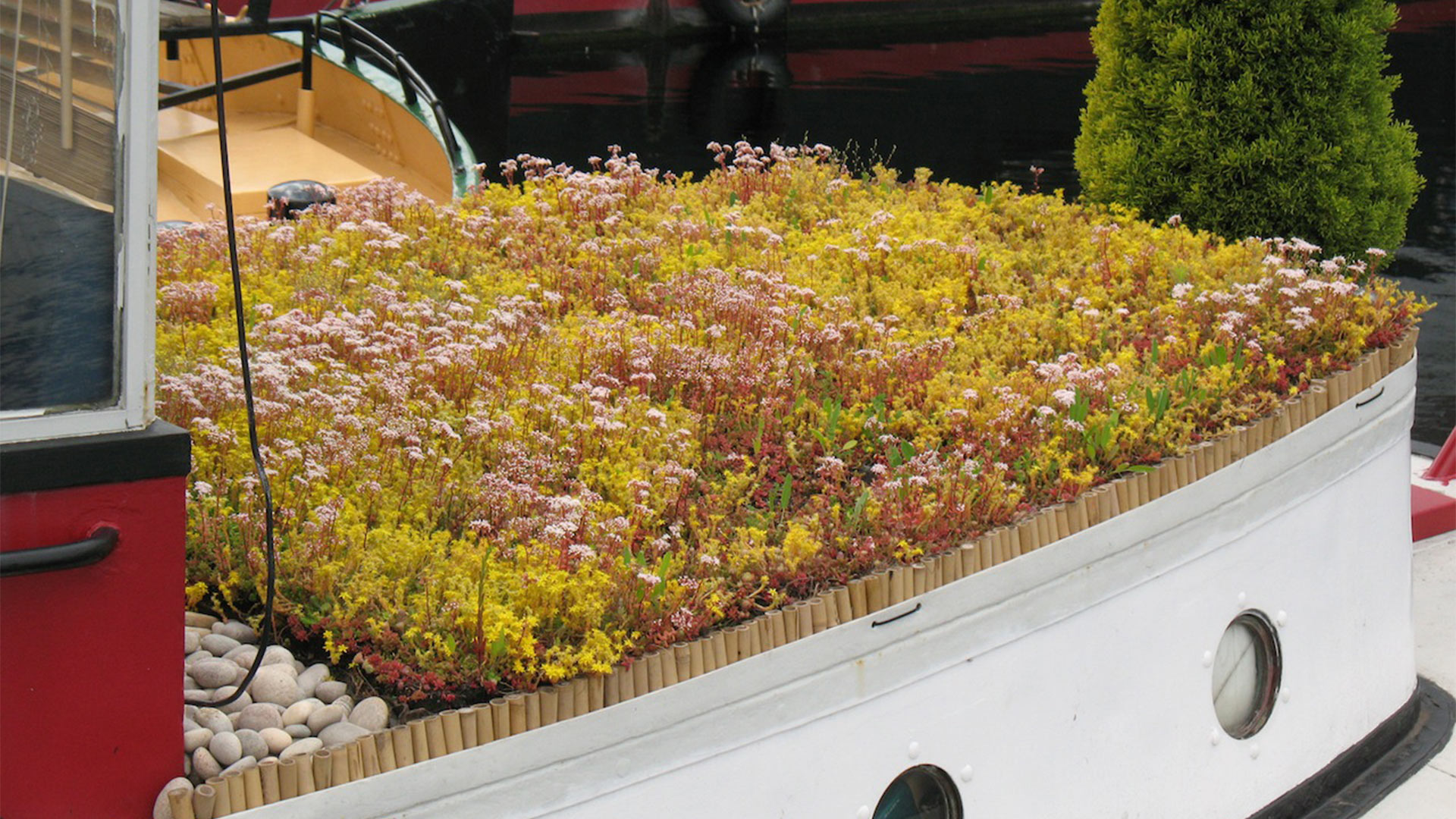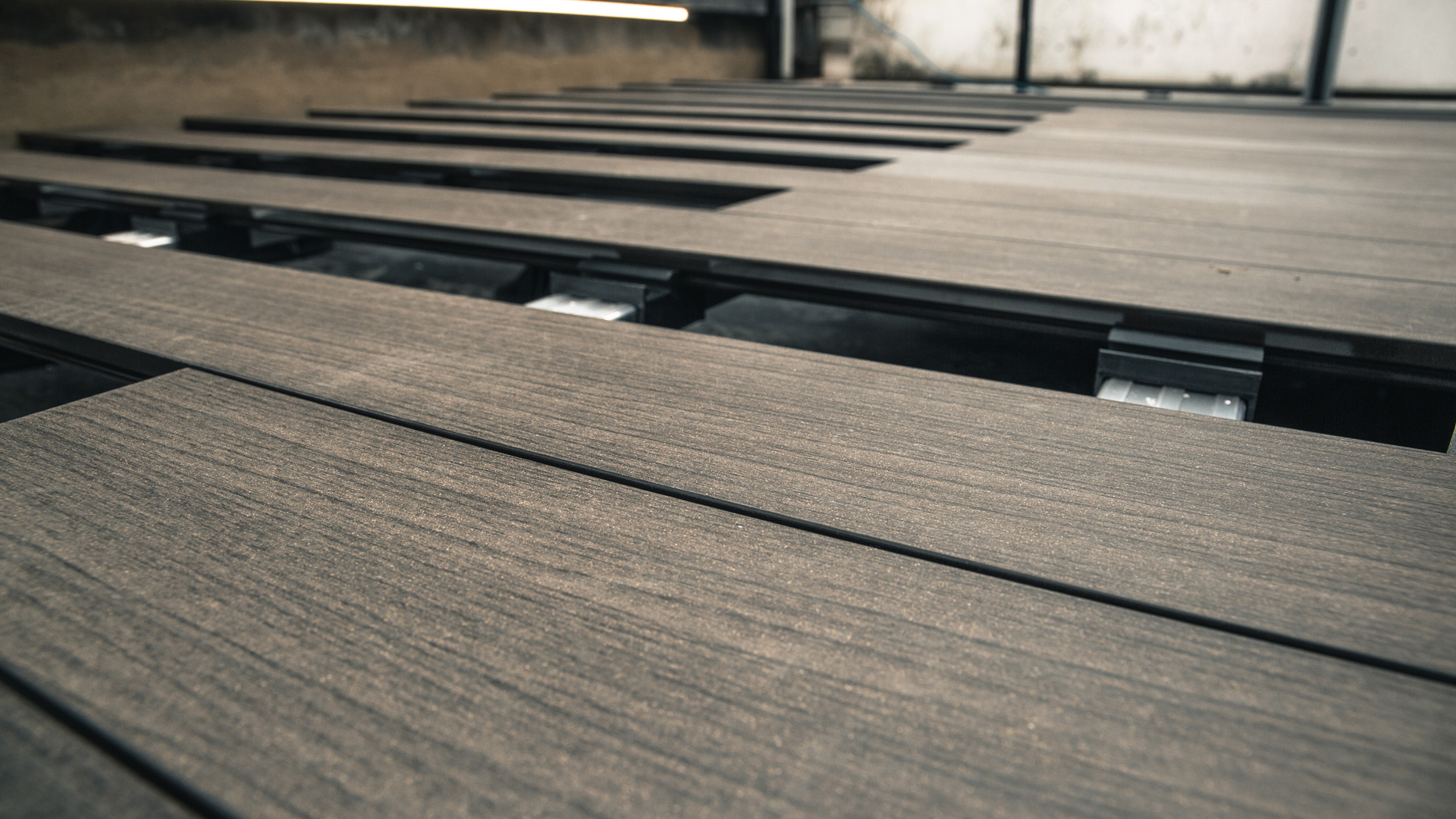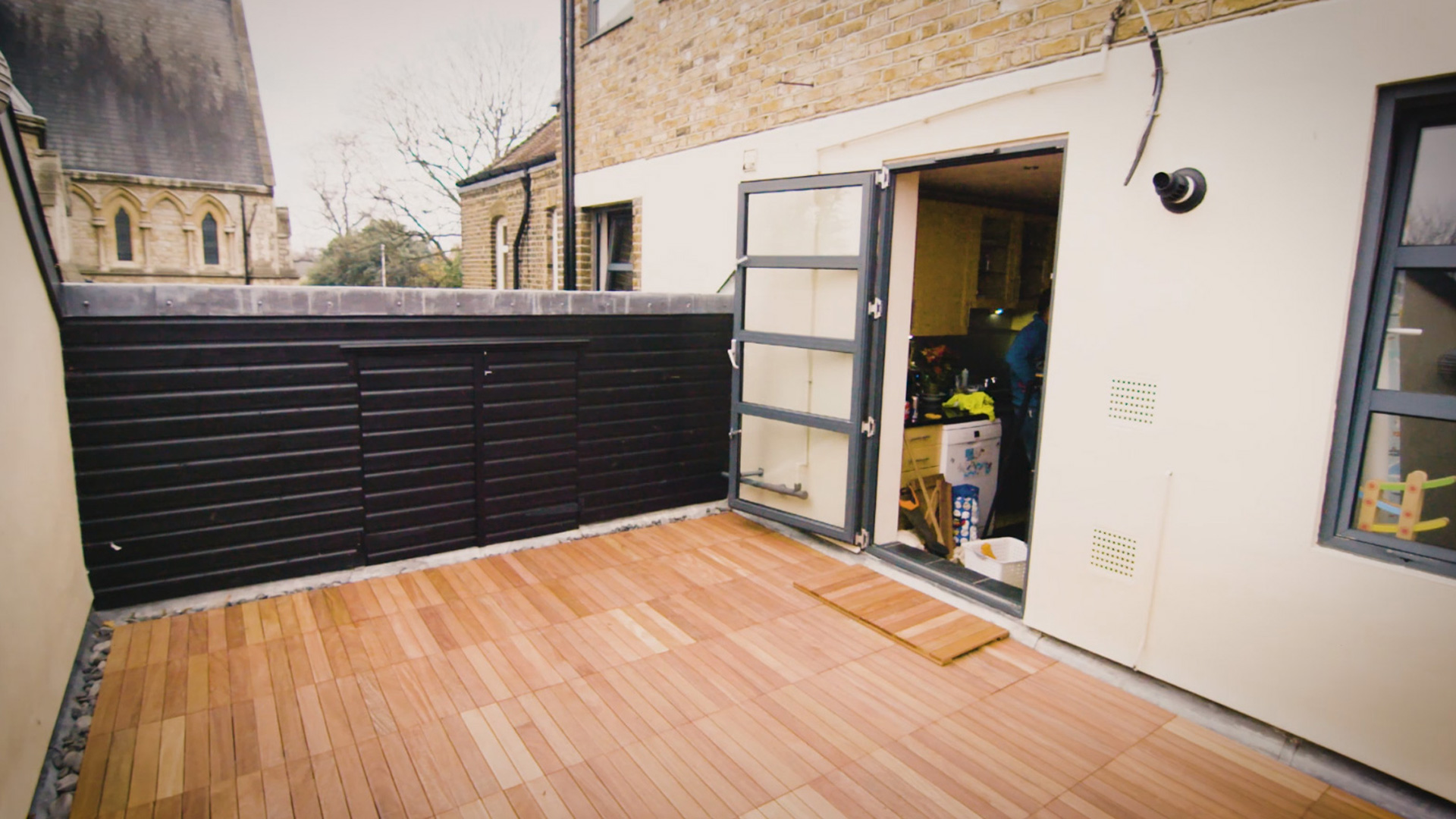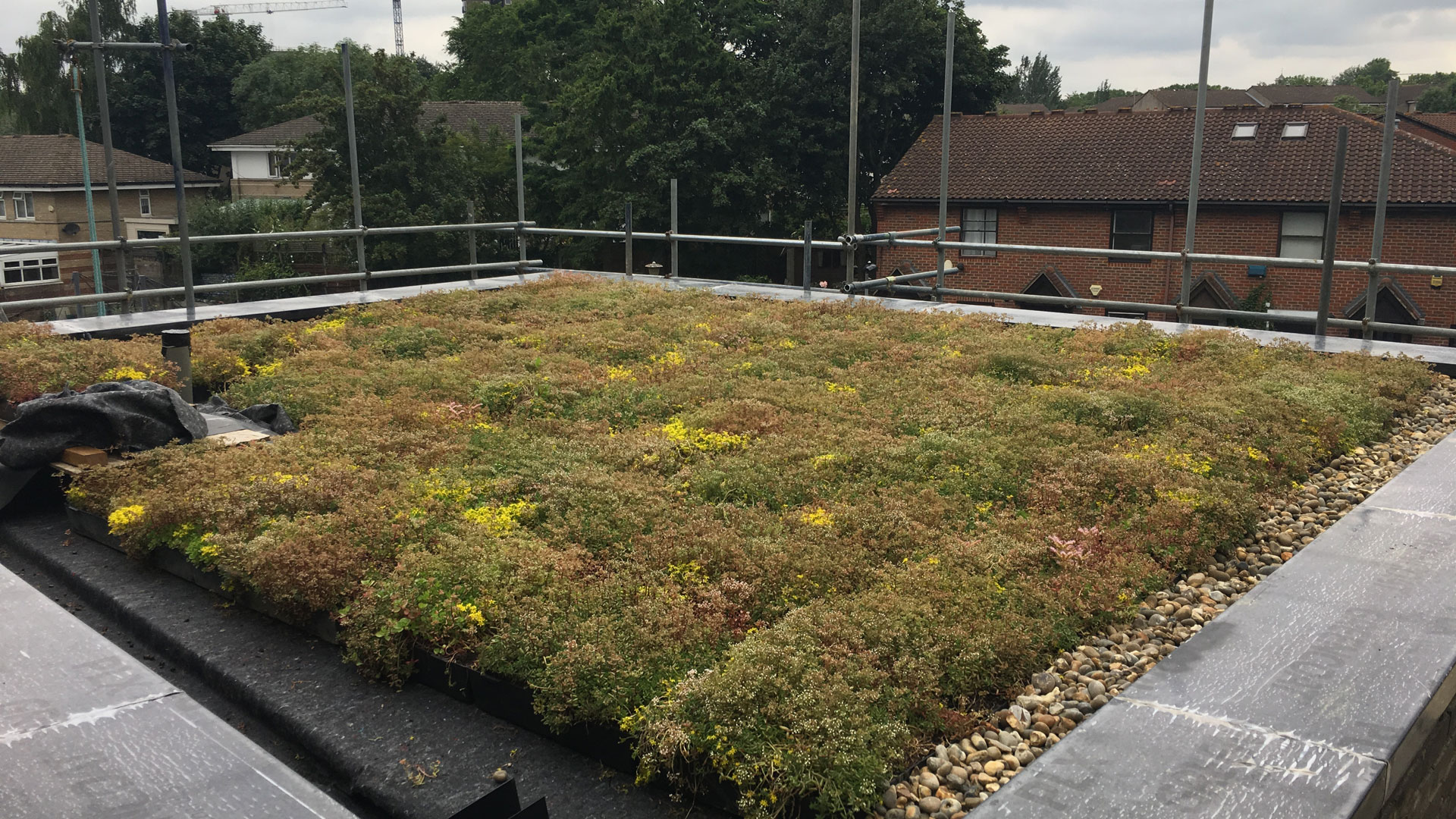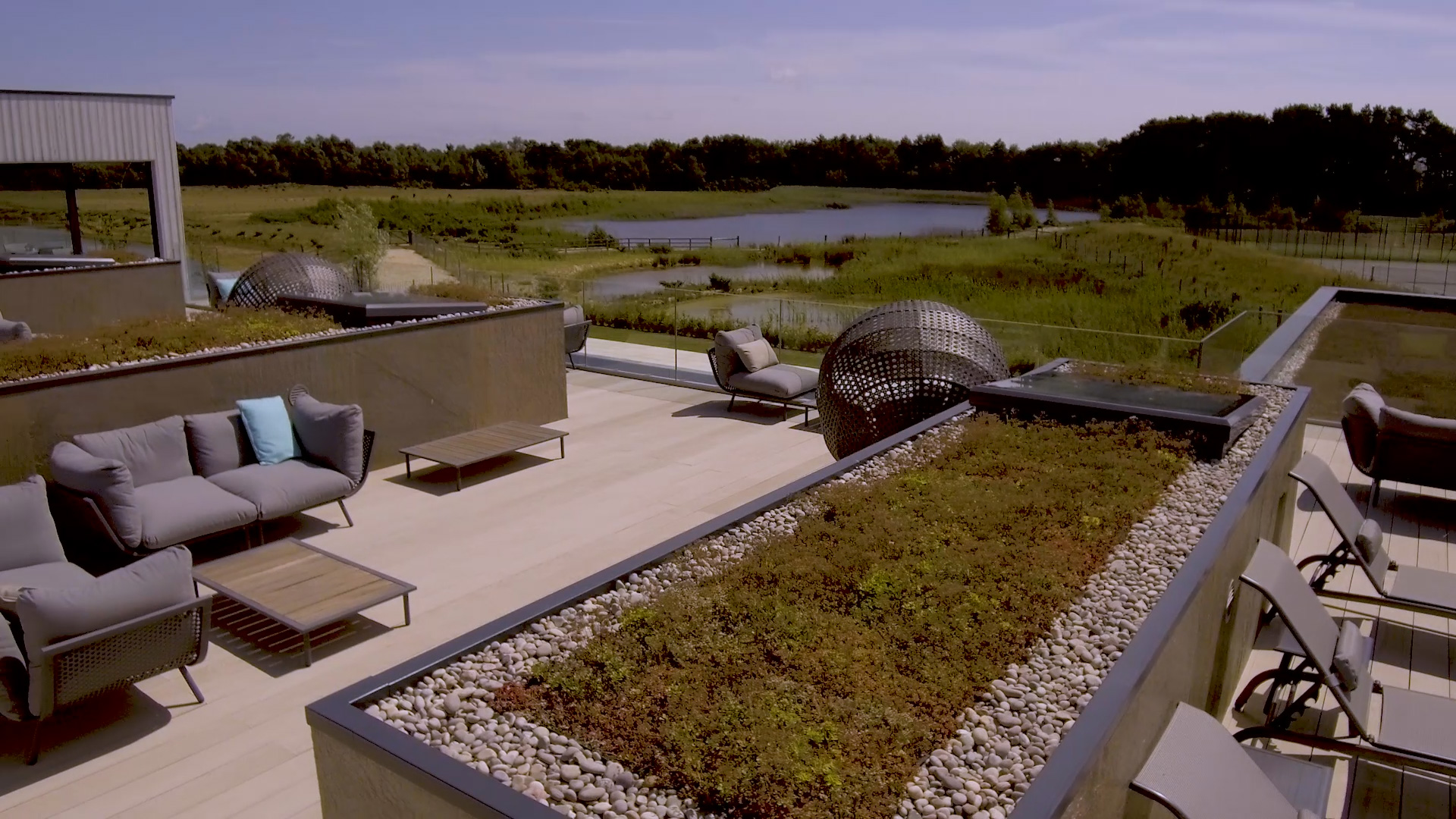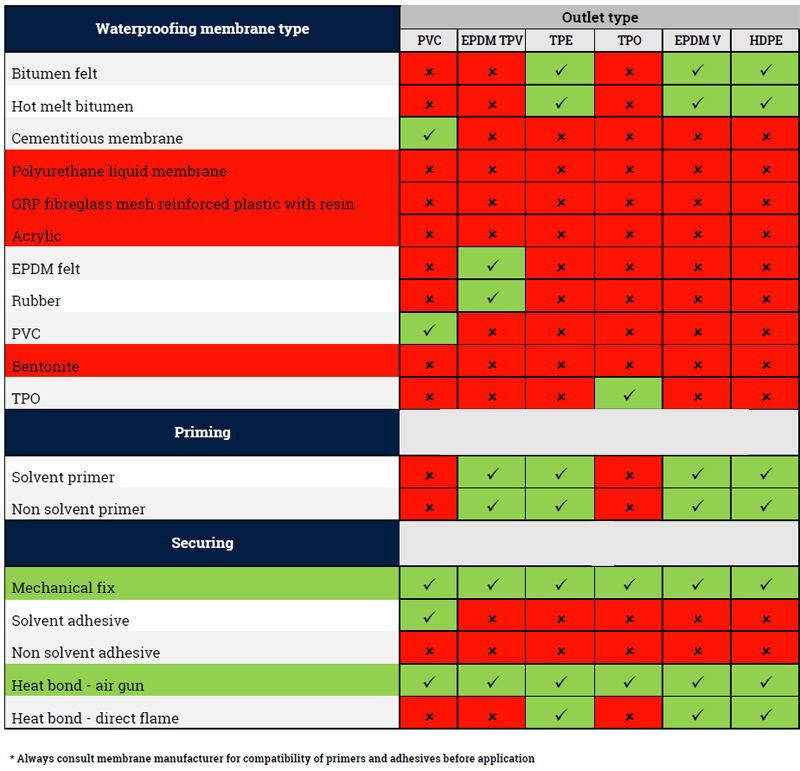Biodiversity should not be viewed as a project afterthought but should be at the forefront of all city and project planning. Apart from being vital for our survival as a species, biodiversity also supports business worth €40 trillion ($42.2 trillion US), representing half of the global Gross Domestic Product (European Commission, 2020). So how do we expand on total net urban biodiversity in the fastest way possible?
Green roofs should be as biodiverse as possible given project constraints. Though perhaps controversially, I think that we can gain higher net biodiversity by expanding our definitions of what encompasses a biodiverse green roof. I sometimes worry that an almost too strict view of the definition of a biodiverse green roof can be damaging for the task at hand as an all-or-nothing mentality can result in fewer green roofs being built, and so the net total urban biodiversity might suffer.
In the end, a low biodiverse green roof is infinitely better than no green roof. A deeper, diverse, species-rich green roof is even better, but not always practical. Our best path is often to green as much as possible, and then seize as many opportunities as we can to add greater biodiversity.
Are Green Roofs Natural Spaces?
Green roofs are not genuine natural spaces. In nature, you do not find a relatively thin profile of manufactured lightweight soil with low capillary capacity. The profile of extensive green roof is often less than 10cm (4”) deep and has a drainage layer underneath the system, allowing excess water to fall out of the profiles, which is in stark contrast with garden soils, where water will take weeks to percolate into deep cavities, often 1.5-3m (5-10 ft) deep. There it remains accessible to many common plants which can access this water reservoir during droughts. Since many species of plants suck water out of up the upper layer with their deep root systems, water will automatically be drawn upwards. This aquifer-type reservoir system can supply plants with water for weeks and weeks thereby bridging droughts.
Also, the final biodiversity outcome of a green roof depends on planting time, which might favor certain plants over others. It also depends on the next season: is it wet or dry, cold, or hot? It may also depend on extreme stress levels that reduce or even eliminate several species allowing others to overtake them. It further depends on maintenance: did they fertilize, and with what? Have they added new species? And it can depend on the impact of micro-climates such as the heat reflection of walls and windows, wind tunnels, shade, you name it.
Overall survival on a green roof is determined by the level of tolerance for temperature (too hot or too cold); water (too little or too much); and light (sunny or shadey). Plants that can tolerate these extremes the best will often survive on a green roof. For these reasons, there are, of course, more possibilities for higher amounts of biodiversity on intensive vs. extensive green roofs.
For the full article, please click here.
